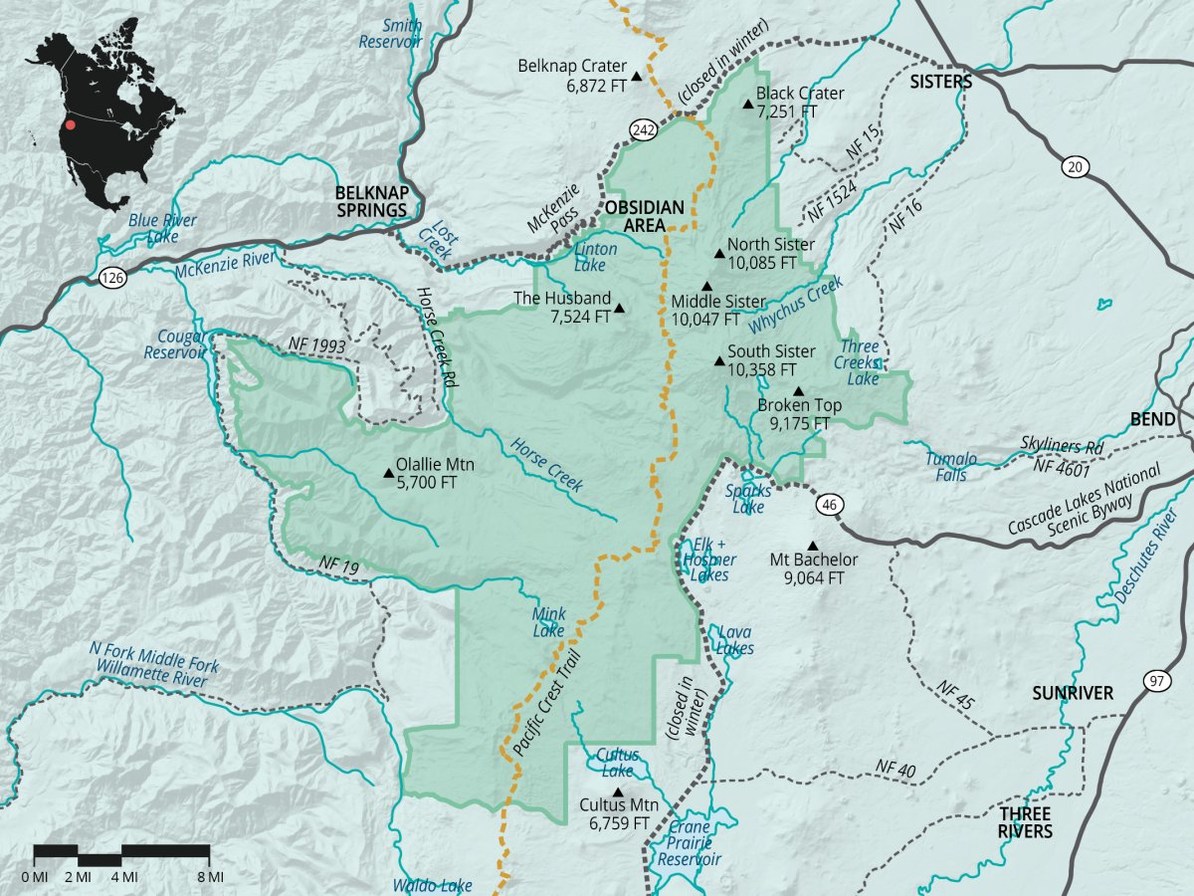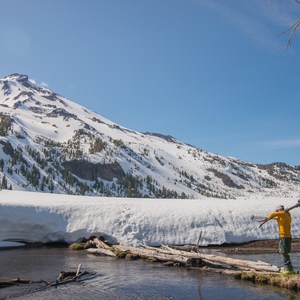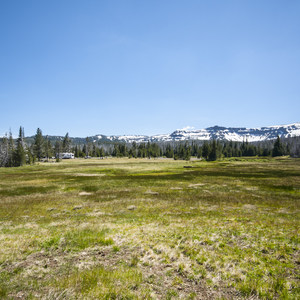You are here
Pets allowed
Allowed
Guided tours
No
Backcountry camping
Yes
Lodging
No
Please respect the outdoors by practicing Leave No Trace. Learn more about how to apply the principles of Leave No Trace on your next outdoor adventure here.
Nearby Lodging + Camping
Central Oregon
Sparks Lake
Central Oregon, Oregon









Comments
Sign In and share them.